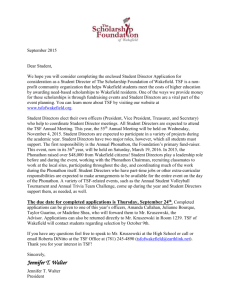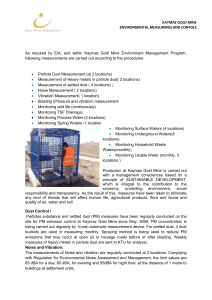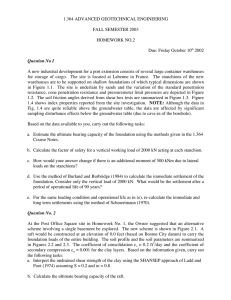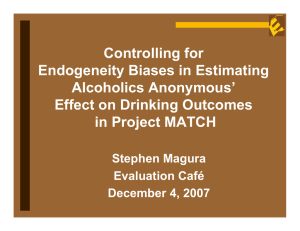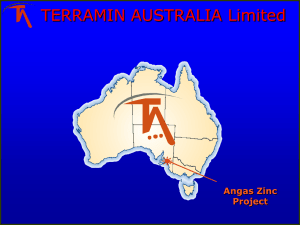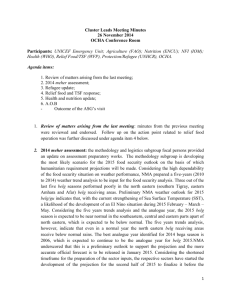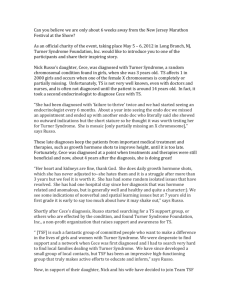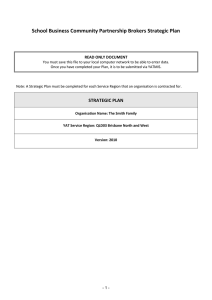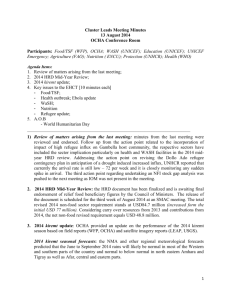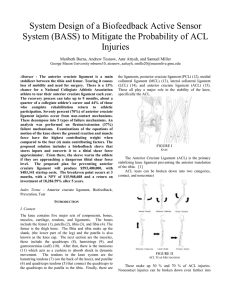TSF Software Database 4 is the platform used to make information at
advertisement
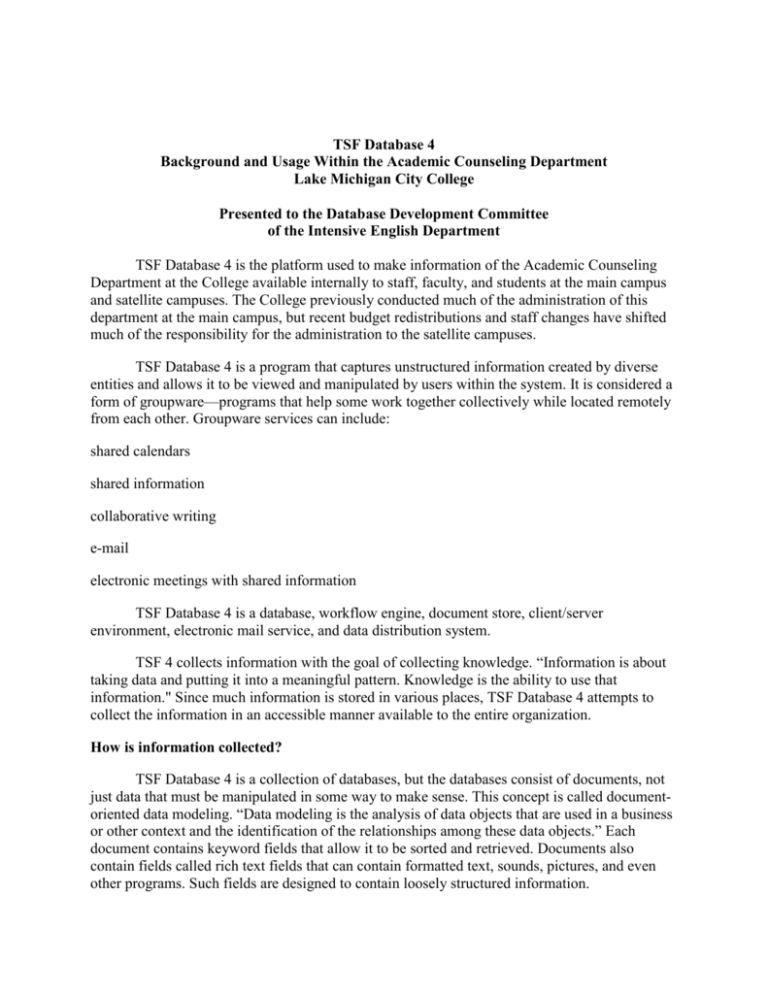
TSF Database 4 Background and Usage Within the Academic Counseling Department Lake Michigan City College Presented to the Database Development Committee of the Intensive English Department TSF Database 4 is the platform used to make information of the Academic Counseling Department at the College available internally to staff, faculty, and students at the main campus and satellite campuses. The College previously conducted much of the administration of this department at the main campus, but recent budget redistributions and staff changes have shifted much of the responsibility for the administration to the satellite campuses. TSF Database 4 is a program that captures unstructured information created by diverse entities and allows it to be viewed and manipulated by users within the system. It is considered a form of groupware—programs that help some work together collectively while located remotely from each other. Groupware services can include: shared calendars shared information collaborative writing e-mail electronic meetings with shared information TSF Database 4 is a database, workflow engine, document store, client/server environment, electronic mail service, and data distribution system. TSF 4 collects information with the goal of collecting knowledge. “Information is about taking data and putting it into a meaningful pattern. Knowledge is the ability to use that information." Since much information is stored in various places, TSF Database 4 attempts to collect the information in an accessible manner available to the entire organization. How is information collected? TSF Database 4 is a collection of databases, but the databases consist of documents, not just data that must be manipulated in some way to make sense. This concept is called documentoriented data modeling. “Data modeling is the analysis of data objects that are used in a business or other context and the identification of the relationships among these data objects.” Each document contains keyword fields that allow it to be sorted and retrieved. Documents also contain fields called rich text fields that can contain formatted text, sounds, pictures, and even other programs. Such fields are designed to contain loosely structured information. How is information shared? TSF Database 4 clients connect to a database server and to each other. Each client and server has a unique ID file that establishes their identity and is also used for security purposes. Replication manages changes to documents and keeps their contents synchronized on various servers and clients. (Database replication is the copying and maintenance of data on multiple servers.) During replication, only information that has changed is moved across the network. This allows users working online to see the latest information almost instantly, and users working offline can update, or replicate, their work to the network very quickly. Mail enabling is another important feature of TSF Database 4. It allows servers to route documents as messages and allows users to send information to a database. How does the ACD use TSF Database 4? The five main types of applications, discussion, broadcasting, reference, tracking, and workflow/approval, are all used by the Academic Counseling Department. Broadcasting refers to using the system to deliver non-critical college-wide information. Reference refers to using the system to replace printed reference materials, such as policy manuals, class information, and so forth. For tracking applications, the replication and security features make the system a useful tool for applications such as personnel and student tracking. Workflow/approval refers to applications where it is necessary to route knowledge according to defined protocols. TSF Database 4 is not suited for applications requiring heavy analysis of numbers, real time analysis, or relational linking or record locking. It is, however, useful for collecting the results of such analysis and manipulation and presenting it in a format easily accessed by users throughout the College, including students. It is well suited, therefore, for use by the department. Training Schedule: Training will begin in May, and should be finished by the end of the month. The tentative training schedule follows.
